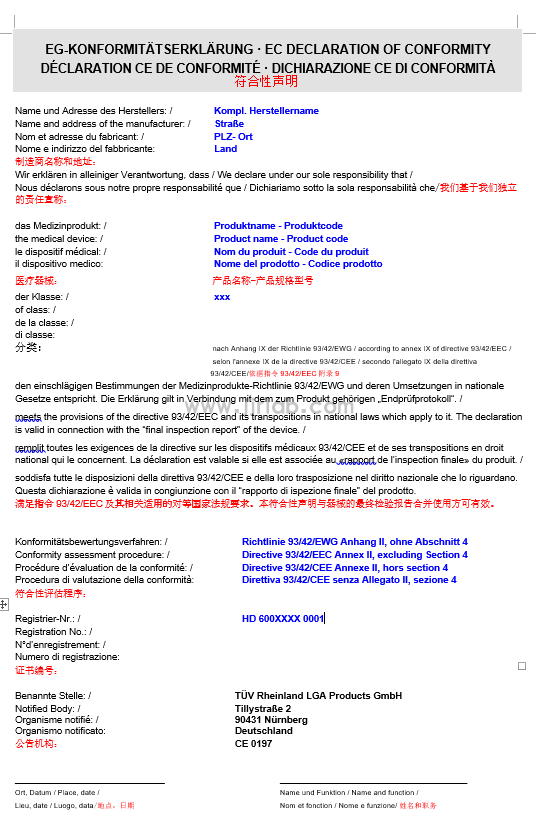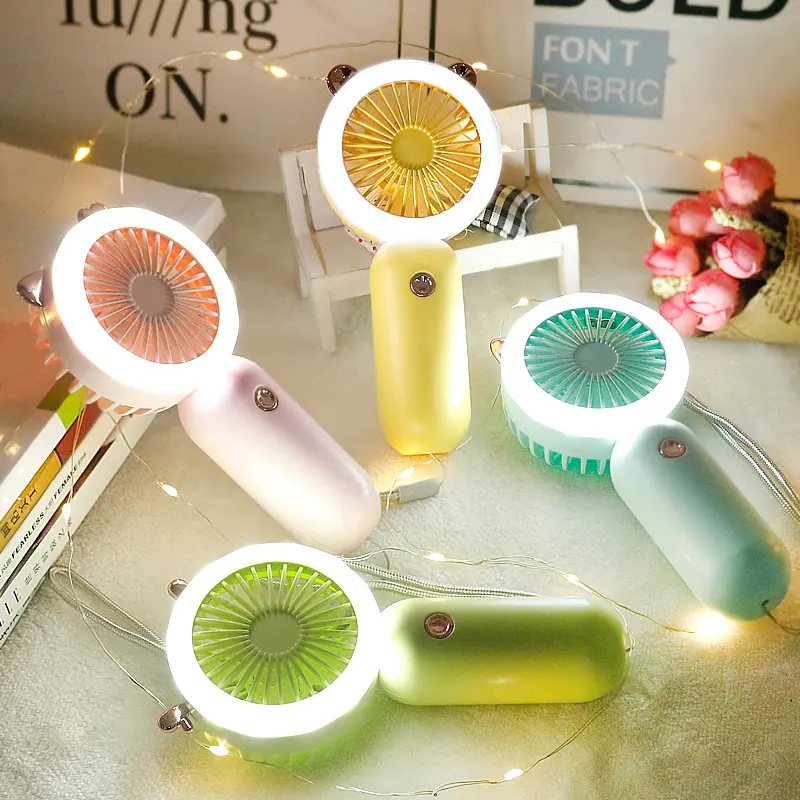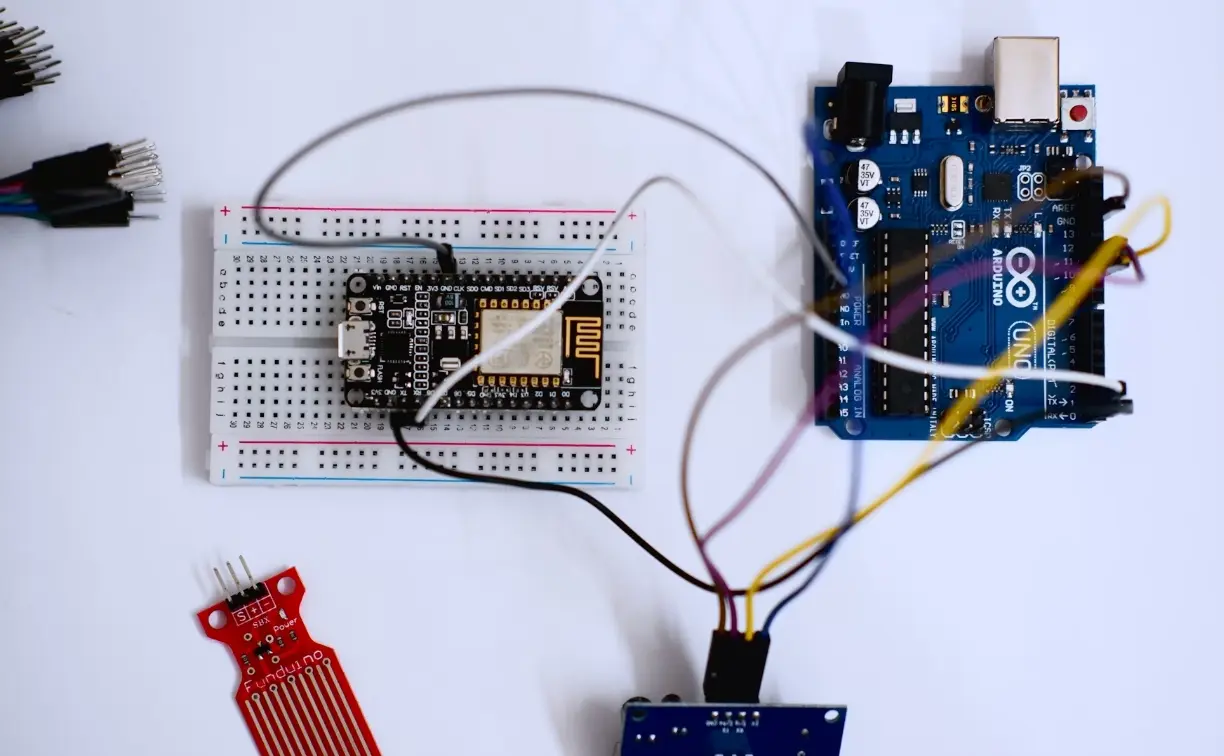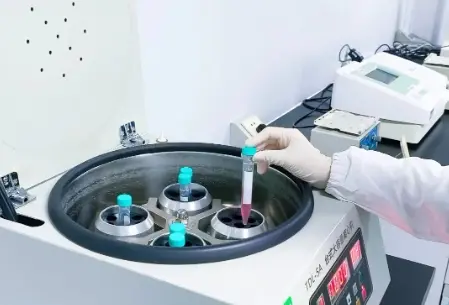
Medical Device Certification in Europe
What certification is required for medical devices exported to Europe? All medical devices sold in the EU need to be affixed with the CE mark . The CE mark may be affixed through a CE certificate issued by a notified body, or it may be a self-declaration by the manufacturer that it complies with regulatory requirements. Regardless of the route, the EU Medical Device Directive (MDD) or the EU Medical Device Regulation (MDR) requires manufacturers to sign a Declaration of Conformity (DOC) for products affixed with the CE mark. The DOC is usually reviewed by a notified body during the CE conformity assessment together with the product's technical documentation, or it is ready to be reviewed by the competent authorities of EU member states at any time. The following will introduce the different requirements of the two regulations for DOC.
1. MDD's requirements for DOC
1. Conformity assessment by notified bodies
MDD does not clearly specify what the DOC should contain, but based on the requirements of relevant documents and combined with practical experience, it should at least include the following:
> The selected conformity assessment approach, such as MDD Annex V (production quality assurance, excluding design and development process, applicable only to products of category IIa and below) or MDD Annex II excluding section 4 (comprehensive quality assurance, including design and development, applicable to all categories of products);
> Product name, including specifications and models;
> Product classification, such as class IIa, IIb;
> Declaration that the product complies with the MDD requirements and relevant regulatory requirements, such as compliance with Directive 93/42/EEC and its relevant applicable equivalent national regulations;
> the name and address of the manufacturer;
> Name and address of the authorised EU representative;
> CE certificate number (if any);
> Place and date of signature.
The Declaration of Conformity should be written in a language accepted by the competent authority, usually including at least English. One DOC corresponds to one product. For example, the following medical device DOC, which requires a notified body to issue a CE certificate according to the MDD, includes four EU official languages: German, English, Maltese, and Italian (Chinese is only for ease of understanding).

2. Manufacturer's self-declaration
For common Class I medical devices that do not require the intervention of a notified body and for which the manufacturer self-declares compliance with regulatory requirements, such as non-sterile medical masks and non-sterile medical protective clothing, the content of the DOC is different, but should at least include the following:
> Product name, including specifications and models;
> Product categories;
> Declaration that the product complies with the MDD requirements and relevant regulatory requirements, such as compliance with Directive 93/42/EEC and its relevant applicable equivalent national regulations;
> the name and address of the manufacturer;
> Name and address of the authorised EU representative;
> Place and date of signature.
2. MDR’s requirements for DOC
MDR clearly defines the contents of the DOC in its Annex IV, including at least the following:
> the manufacturer’s name, registered trade name or registered trade mark and single registration number (if issued) and the contact address of its authorised EU representative (if applicable) and registered place of business;
> a statement by the manufacturer that he is fully responsible for issuing the EU declaration of conformity;
> Basic unique medical device identifier UDI-DI as described in Part C of Annex VI;
> the product name and trade name, product code, catalogue number or other unambiguous reference number contained in the EU declaration of conformity allowing identification and traceability of the product, such as an appropriate photograph, and, where appropriate, its intended purpose. Information other than the product or trade name that allows identification and traceability of the product provided by the basic UDI-DI in Article 3;
> the risk class of the device as per the rules in Annex VIII;
> a current declaration that the covered device complies with this Regulation and, where applicable, other relevant EU legislation requiring the signing of an EU declaration of conformity;
> a reference to any common specifications used in the declaration of conformity;
> the name and identification number of the notified body (if applicable), a description of the conformity assessment procedure performed and the identification of the certificate issued;
> additional information, if applicable;
> Declaration by the signatory, address and date, name and title of the signatory, and signature of the person signing on behalf of the signatory.
According to Annex VIII of the MDR, products classified as ordinary Class I (non-sterile, non-reusable, Class I products without measuring function) do not require the involvement of a Notified Body, and the manufacturer can make a self-declaration of conformity. In this case, the content of the DOC is different from the case of Notified Body involvement described above, for example, the name and identification number of the Notified Body do not apply.
For medical devices that require the intervention of a notified body, the signing of the Declaration of Conformity is usually the last step in the conformity assessment procedure. Before obtaining the CE certificate issued by the notified body, the manufacturer cannot sign the formal DOC document. However, the manufacturer can first draft a draft DOC and submit it to the notified body for review. For medical devices that do not require the intervention of a notified body, the manufacturer can sign the DOC after the evidence required by the regulations to prove that the product meets the basic requirements is fully prepared.
As an important document required by regulations, manufacturers should control DOC in accordance with the requirements of the document control procedure in the quality management system. If any content in the DOC is changed, it must be reissued. It is particularly important to note that for products issued by a notified body, any changes in the DOC content must be reviewed and approved by the original issuing notified body.
3. EU Authorized Representative
For products circulating in the EU market, in order to achieve product traceability and facilitate supervision and protect EU consumers, the EU requires in certain specific directives that manufacturers in countries outside the European Economic Area must designate a European Authorised Representative (EAR) to perform the specific duties required of the manufacturer by the relevant EU directives and laws. In short, the EU has implemented the requirement to establish an EU Authorised Representative in high-risk areas (medical devices), which is a legal requirement formulated to facilitate direct supervision and implement responsibilities.
1. Does the manufacturer need an EAR?
In order to comply with the above-mentioned EU requirements for establishing the EAR, if Chinese manufacturers do not have a commercial registered address in an EU member state, the European Economic Area or a country with a bilateral agreement, and are engaged in the manufacture and export of in vitro diagnostic equipment, medical devices, implantable devices and other products required by the CE Directive, they need to designate a corresponding legal entity or natural person as their European authorized representative.
2. What responsibilities should the EAR help manufacturers fulfill?
According to EU regulations, EAR has the following responsibilities:
1. Legal responsibilities and specific contents
> notify the competent authority of the manufacturer’s address;
> notify the competent authorities of the manufacturer’s products;
> notify competent authorities of changes to products;
> notify the competent authorities of manifestation characteristics;
> Drafting statements on equipment performance evaluation;
> acting as contact person for the European Commission in the safeguard clause;
> Conformity assessment procedures can be initiated;
> provide technical documentation to competent authorities upon their request;
> Receive notification of special events from competent authorities;
> the interface between notified bodies and manufacturers;
> If the CE marking is affixed incorrectly, the authorised representative must put an end to the infringement;
> For devices used in clinical investigations, the authorized representative should follow the prescribed procedures and notify the competent authority.
2. Duties and specific contents stipulated in the management regulations
> Representing manufacturers;
> provide the competent authority, upon request, with a copy of the manufacturer’s authorization to act as EAR;
> Verify the EU Declaration of Conformity and technical documentation drawn up by the manufacturer;
> verify, where applicable, that the manufacturer has carried out appropriate conformity assessment procedures;
> retain a copy of the technical documentation, the declaration of conformity and, if applicable, the relevant certificates for use by the competent authorities;
> comply with registration obligations;
> Verify compliance with the obligations required for manufacturer equipment registration;
> provide the necessary information and documentation to the competent authorities upon request to demonstrate the conformity of the equipment;
> Send any requests from competent authorities for samples or equipment access to the manufacturer and verify that the competent authority receives the samples or obtains access to the equipment;
> cooperate with the competent authorities in taking any preventive or corrective measures to eliminate or mitigate the risks posed by the equipment;
> notify manufacturers of complaints and reports from healthcare professionals, patients and users of suspected incidents associated with their designated devices;
> Shall be liable for defective equipment on the same basis as the manufacturer and shall be jointly and severally liable with the manufacturer.
3. How to choose EAR
EAR is not a specific qualification or recognition, and there is no third-party evaluation qualification to refer to. Any natural person or legal person in an EU member state who can perform specific duties under EU regulations can become an EAR. However, EAR does not only provide a registration place and response representative in Europe, a qualified EAR should also:
> Possess professional regulatory and legal capabilities to help companies consult, understand and respond to EU regulations;
> Legally and efficiently help manufacturers register relevant equipment and devices in the EU;
> Have sufficient technical capabilities to verify and review enterprise technical documents, implement internal reviews, and reduce quality risks;
> Have a good public relations connection and rich experience in helping manufacturers communicate and solve problems with relevant EU departments;
> Follow up regulatory updates, understand and be familiar with MDR, clearly identify EAR responsibilities, and be able to ensure that manufacturers comply with the latest requirements.
For cost-saving reasons, the manufacturer's own importer or overseas trade lawyer can be one of the options for EAR. In order to better comply with EU requirements and reduce risks, a professional EAR agency can also be selected. Fully examining the EAR's communication ability, response time, information accuracy, scale and brand, industry reputation, etc. is an important basis for selecting a qualified EAR.
Email:hello@jjrlab.com
Write your message here and send it to us
 FCC Certification Fees for Handheld Fans
FCC Certification Fees for Handheld Fans
 FCC Certification Testing for Smart Lighting Produ
FCC Certification Testing for Smart Lighting Produ
 What is the ETSI EN 303 645 Testing Standard?
What is the ETSI EN 303 645 Testing Standard?
 UL Compliance and ETL Certification for LED Lighti
UL Compliance and ETL Certification for LED Lighti
 What is the IEC 60598 Standard?
What is the IEC 60598 Standard?
 What is the Canada IC Logo?
What is the Canada IC Logo?
 EMC Pre Compliance Testing
EMC Pre Compliance Testing
 PAHs Testing (Food and Textile)
PAHs Testing (Food and Textile)
Leave us a message
24-hour online customer service at any time to respond, so that you worry!




